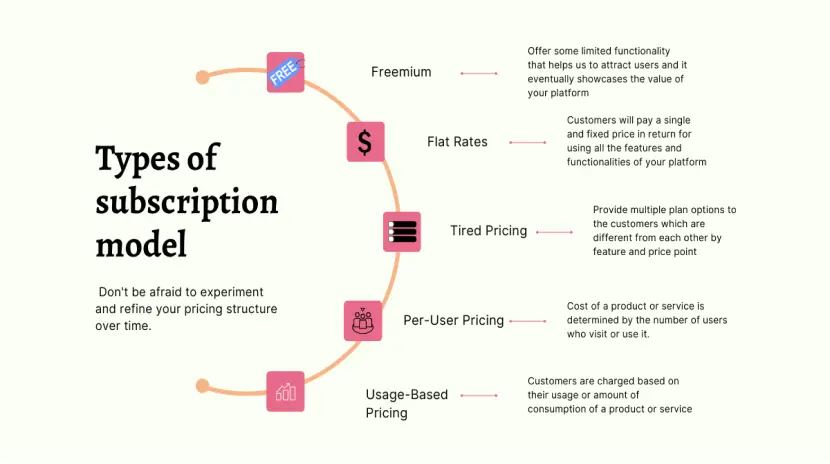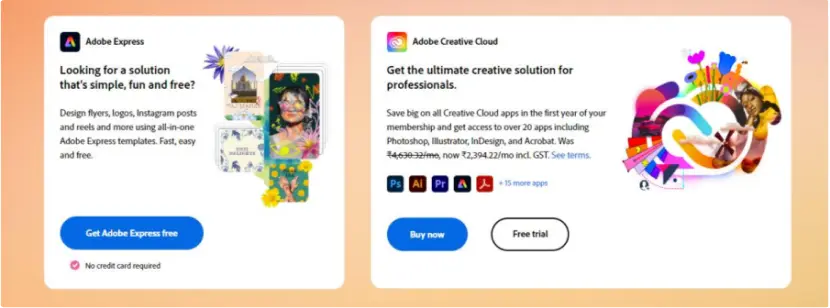
Can Smaller Financial Firms use advanced analytics without BI teams?
Advanced analytics isn’t just for big enterprises with dedicated BI teams. With the rise of intuitive tools, cloud platforms, and AI-powered solutions, even smaller financial firms can harness data-driven insights to improve decisions, reduce risk, and stay competitive without needing a full-scale analytics department.




